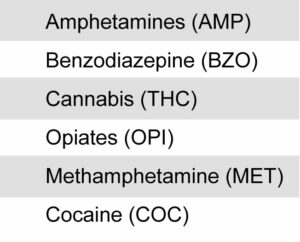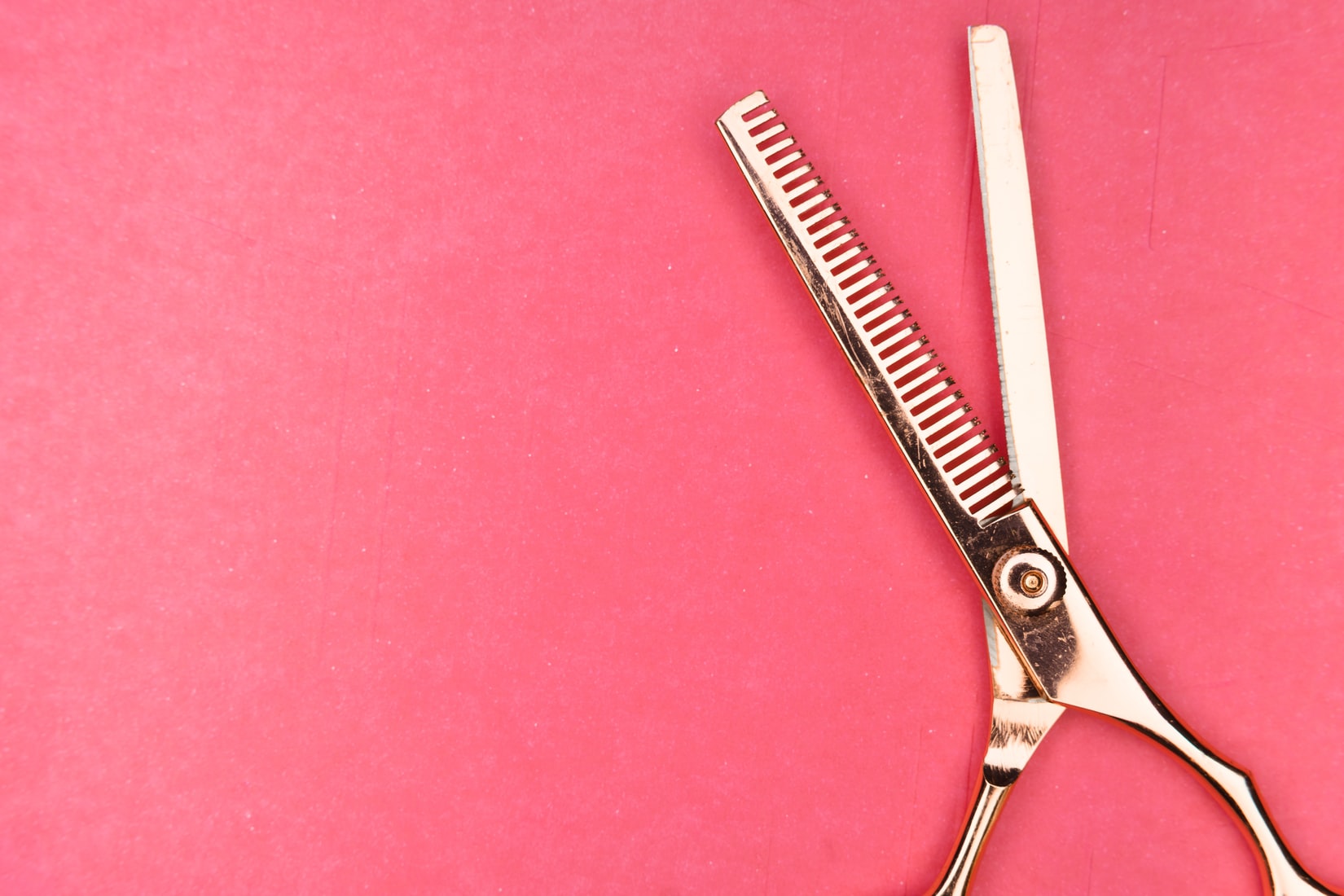Hair testing for drugs of abuse is the only drug testing method available that provides up to a 90-day drug use history.
Hair testing requires a small sample of hair that is collected under direct supervision without any invasion of privacy. During a hair collection, the collector cuts a bundle of hair approximately 4cm in length and thickness of 3mm, from the crown of the donor’s head. The hair is cut as close to the scalp as possible, so only the strands of hair above the scalp are tested and not the actual hair follicle.
Here are the commonly tested drugs. Other panels are available upon request.

Frequently Asked Questions
What is the detection window of drug use for hair testing?
Hair follicle drug tests can identify drug use up to 90 days prior to the test date. Drugs in the bloodstream are able to incorporate and bind to the hair follicles underneath the scalp.
Head hair grows approximately 1.3 centimeters or a ½ inch per month. The standard length of hair tested by the laboratory is the first 3.9 centimeters or 1½ inches from the root end. Therefore, a hair analysis of 3.9 centimeters covers a time span of approximately 90 days and detects a pattern of drug use over this time frame.
Hair drug test versus Urine drug test?
The main difference between a hair drug test and a urine drug test is the window of detection. A urine drug test is used to test for drug use over the three days preceding the test. A hair follicle drug test is the only drug test that can detect repeated drug use up to 90 days prior to the test.
How much hair is required for a hair drug test?
The standard usually requires a small bundle of hair that is approximately 4cm in length and a thickness of 3cm.
Can a hair test be performed on a person with little or no hair?
When a sample of head hair isn’t possible, body hair can be used instead.
Can a donor cheat a hair test?
The risk is minimised because every hair drug test collection is observed.
To learn more about our suite of services, connect with us today.
